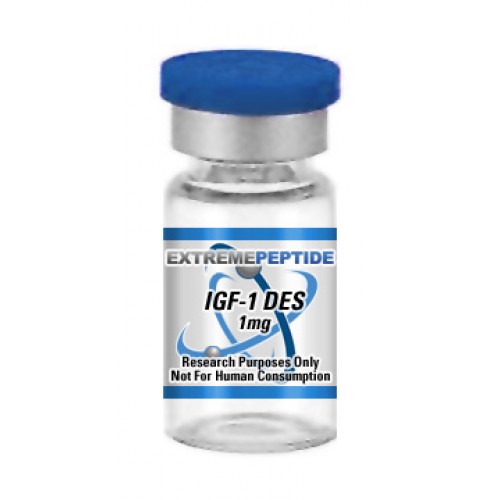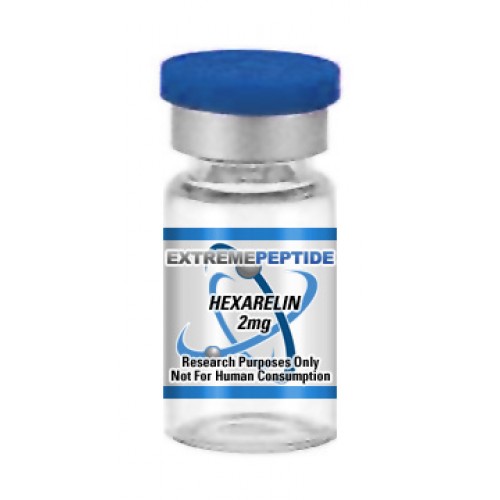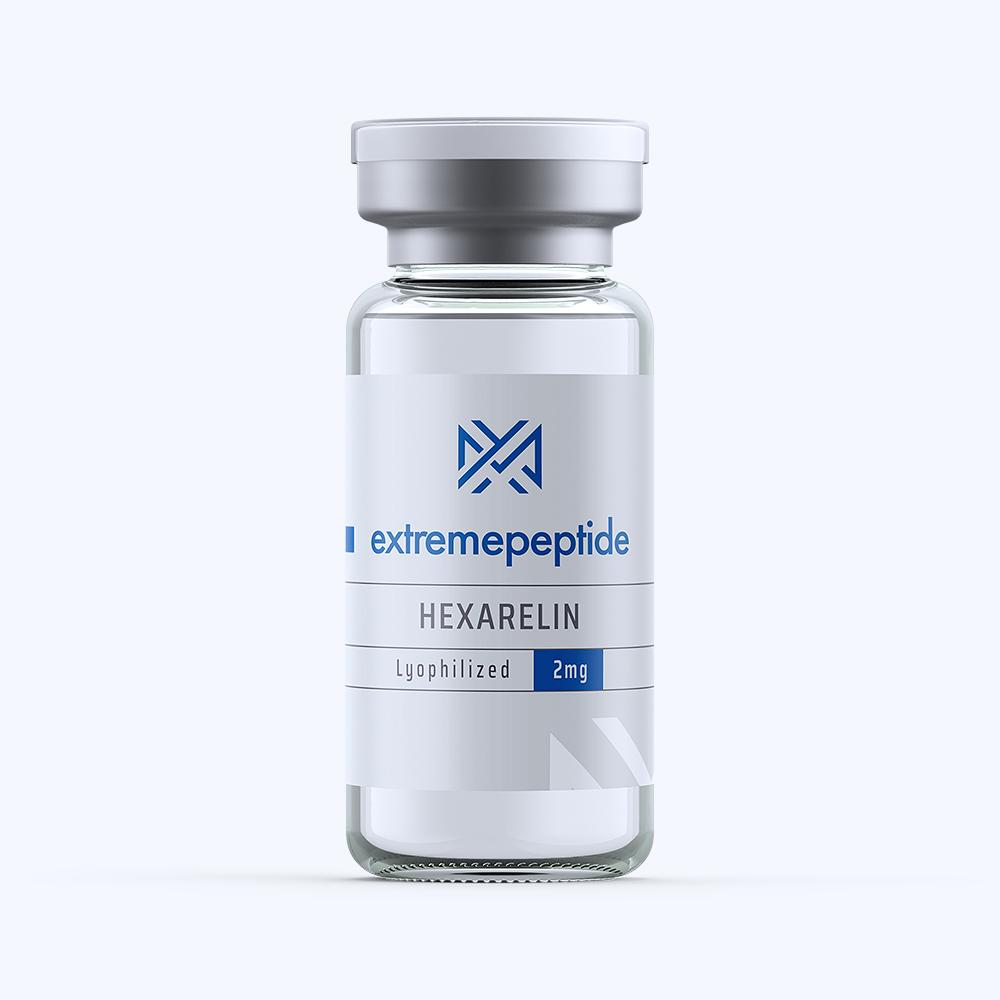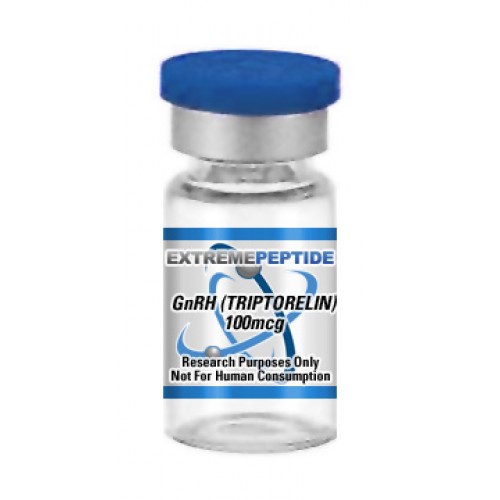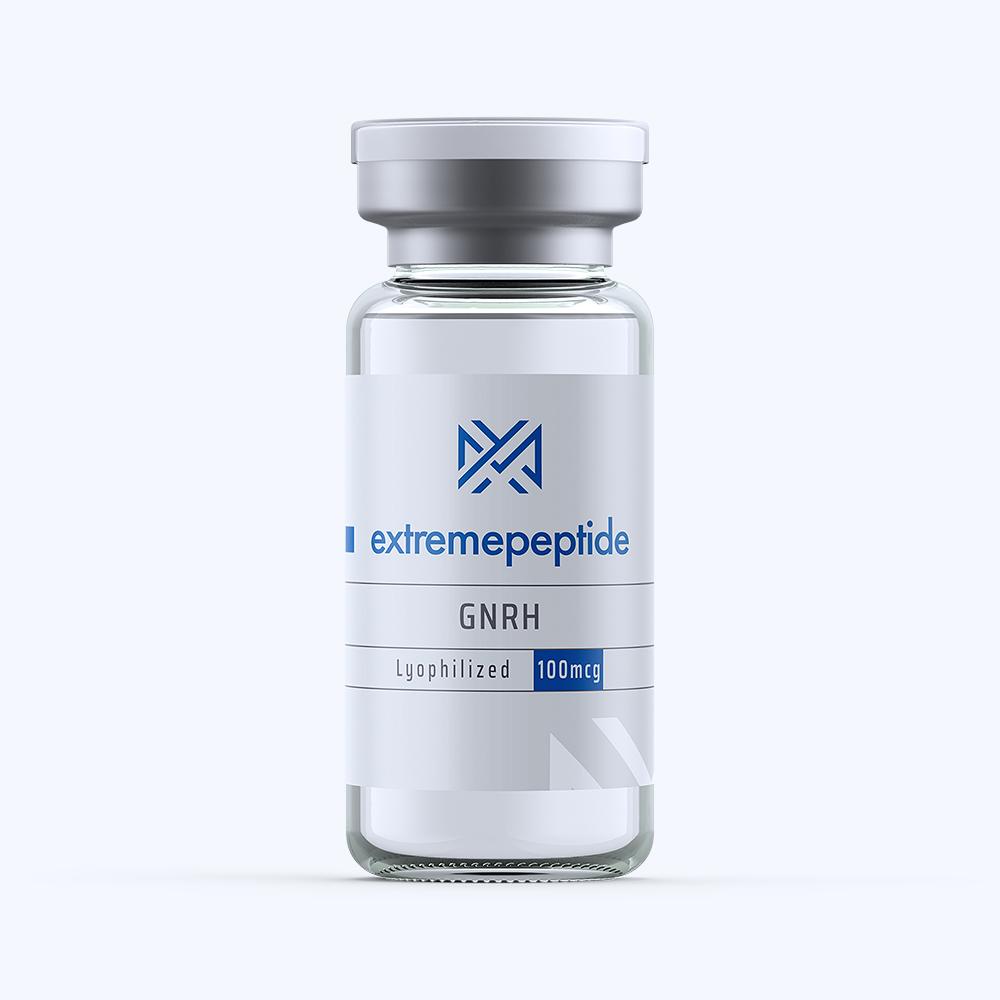IGF-1 DES 1,3 is a polypeptide consisting of 67 amino acids. It can go by the names Somatomedin C, IGF1, IGF-1, IGF1A, or Insulin-like growth factor-1. Its molecular weight is 7371.4.
IGF-1 DES 1, 3 and Cell Proliferation
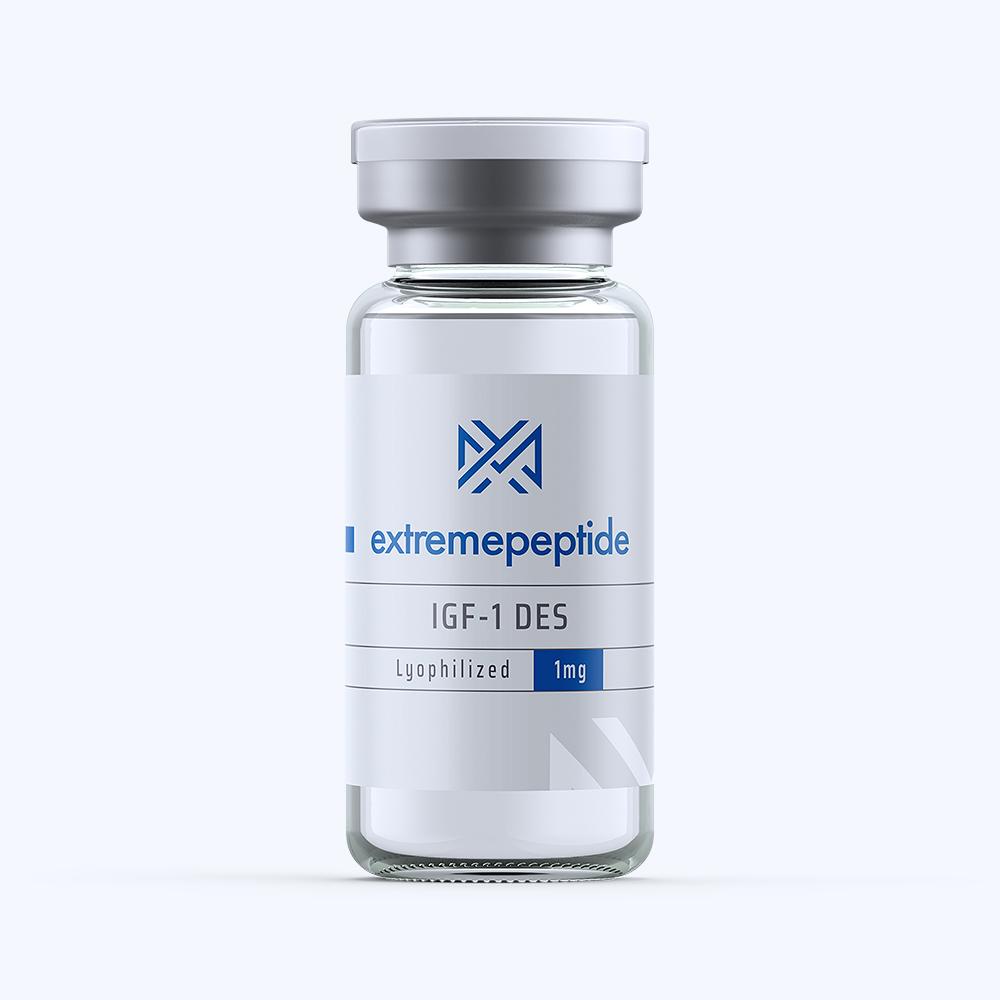
According to scientific study that has been built around animal test subjects, it has been determined that the chief mechanical operation behind IGF-1 DES 1, 3 lies in its capacity to create hyperplasia, a process that can occasionally be referred to as hypergenesis. In essence, hyperplasia describes a process in which the proliferation and increase of cells is regulated and controlled.
There are a host of triggers that initiates this vital process. One of the triggers is an increased need for cells to stabilize an area where cellular proliferation is needed. A chief example of this would be the creation of a base layer of epidermis as a means to compensate for skin loss.
A second trigger relates to the need to proliferate cells as a means to assist in fighting off inflammation; a condition that can be brought about by several different means including frostbite, blunt physical injury, infections by pathogens, and immune reactions due to hypersensitivity.
Another trigger that may cause hyperplasia to occur would be a hormonal dysfunction. Specifically, it would be created when cells are needed in order to combat various ailments that may cause a malfunction in the endocrine system of an animal test subject.
Additionally, a host of other forms of bodily compensation could be the root cause for the creation of hyperplasia. These forms are typically marked by cellular loss that was brought upon due to damage or disease throughout the body.
Because of IGF-1 DES 1, 3’s ability to create hyperplasia, scientific study based on animal test subjects have honed their study to pinpoint the peptide’s capacity to control cellular growth and regulate the development of tissue. This focus of study also extends beyond the realm of the effects of skeletal and muscular growth in animal test subjects and into the study of IGF-1 DES 1, 3’s relationship with neurological growth. These latter studies have indicated that the peptide’s presence influences neuronal structure and functionality throughout an animal test subject’s lifespan. Additionally, these studies have determined that the peptide possesses an ability to maintain nerve cell function as well as an ability to promote nerve growth.
What This Relationship Means
Because of IGF-1 DES 1, 3’s ability to create hyperplasia, scientific study on animal test subjects has determined that the presence of the peptide could be responsible for several theoretical benefits.
The primary benefit that has been theorized relates to an accelerated rate of muscle repair. Due to the mechanics of IGF-1 DES 1, 3 and its capacity to create hyperplasia within animal test subjects, it is thought that the peptide could enable muscle tissue to repair at an elevated rate. This in turn can lead to an overall boost in muscle growth.
Another theoretical benefit is tied to an accelerated rate of recovery. Because IGF-1 DES 1, 3 can allow for the proliferation of cells to be produced at a part of the body that such proliferation is needed, it is thought that its inherent process could provide an injury that occurs on a muscular or skeletal level a more efficient rate of healing.
A third benefit that has been theorized relates to the peptide’s ability to possibly slow down the aging process. This theory is derived from a study based upon lab rats in which it was determined that IGF-1 DES 1, 3’s promotion of cell proliferation and production inhibited the process of natural degradation on the muscle fibers responsible for regulating flexibility and elasticity in the skin and the muscles. This in turn enabled middle-aged and older rats to maintain a level of speed and power typically found in younger rats.
A Few Negative Side Effects
Scientific study on animal test subjects has also determined that IGF-1 DES 1, 3 has been linked to a few theoretical negative side effects. Some of these effects include:
- Development of hypoglycemia; that is, low blood sugar
- Swelling of the extremities
- Drop in blood pressure
- Heart irregularities ranging from arrhythmia to cardiac arrest
